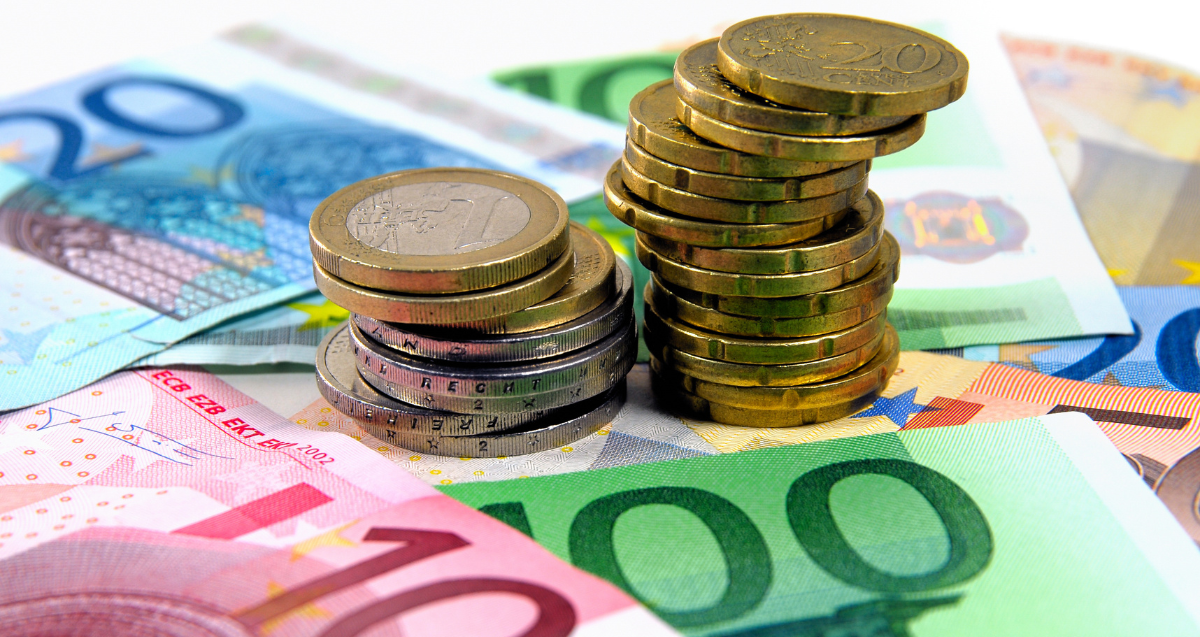Euro tanks below parity to fresh two decade lows
( 3 min )
- Go back to blog home
- Latest
The euro crashed back through parity against the US dollar on Monday, with ‘risk off’ trading and concerns over rising energy prices in Europe causing the common currency to be one of the worst performing major currencies in the world yesterday.
Summary:
- EUR/USD falls back below parity, to its lowest level since December 2002. Rising european energy prices heighten concerns over economic slowdown in Europe.
- ‘Risk off’ trading dominates narrative on Monday, sending US dollar higher against most currencies.
- UK, Euro Area PMIs to be released this morning, US this afternoon.
Risk currencies were weaker across the board versus the broadly stronger US dollar on Monday. Signs of an easing in US inflation data would ordinarily be viewed as a dollar negative, although Fed speakers have continued to strike a hawkish tone in communications since the July inflation print. Richmond Federal Reserve President Thomas Barkin was the latest in the line of Fed members to stick to their guns on Friday, as he urged rate setters towards faster, front-loaded interest rate hikes. Market participants had expected an entirely justifiable softening in stance on rates from policymakers following the July CPI data, so the fact that this has yet to materialise had been bullish for the greenback.

n tandem to the hawkish Fed communications, downside risks to global growth have continued to mount in the past couple of weeks, notably rising expectations for higher central bank rates and high and rising energy prices worldwide. This has worsened risk sentiment and supported the safe-havens, notably the dollar. European currencies have been hit particularly hard in the past few trading sessions, as rising European energy prices materially increase the chances of recessions later in the year. News late-last week that the Nord Stream 1 gas pipeline, the main gas pipeline between Russia and Germany, will be shut for three days for maintenance at the start of next month has exacerbated matters. Dutch TTF gas prices have leapt to a record high around 245 euros per Mwh on Friday, with further advances seemingly inevitable.
Sterling held up slightly better than the euro on Monday, though it still sold-off by around half a percent on the dollar, falling to its lowest level since the start of the pandemic in the process. The universal expectation is that the UK’s cost of living crisis will get worse, before it gets better, and that has investors betting that a sharp slowdown in the economy is on the way. Business activity PMI data out of the major G3 economies is due today, which will provide an indication as to whether these growth concerns are feeding through to a deterioration in the soft data. Should they hold up better-than-expected, which we still think that they will, then we could see a bit of a retracement in recent safe-haven flows, which have left the US dollar at extraordinary strong levels.
To stay up to date with our publications, please choose one of the below:
📩 Click here to receive the latest market updates
👉 Our LinkedIn page for the latest news
✍️ Our Blog page for other FX market reports

